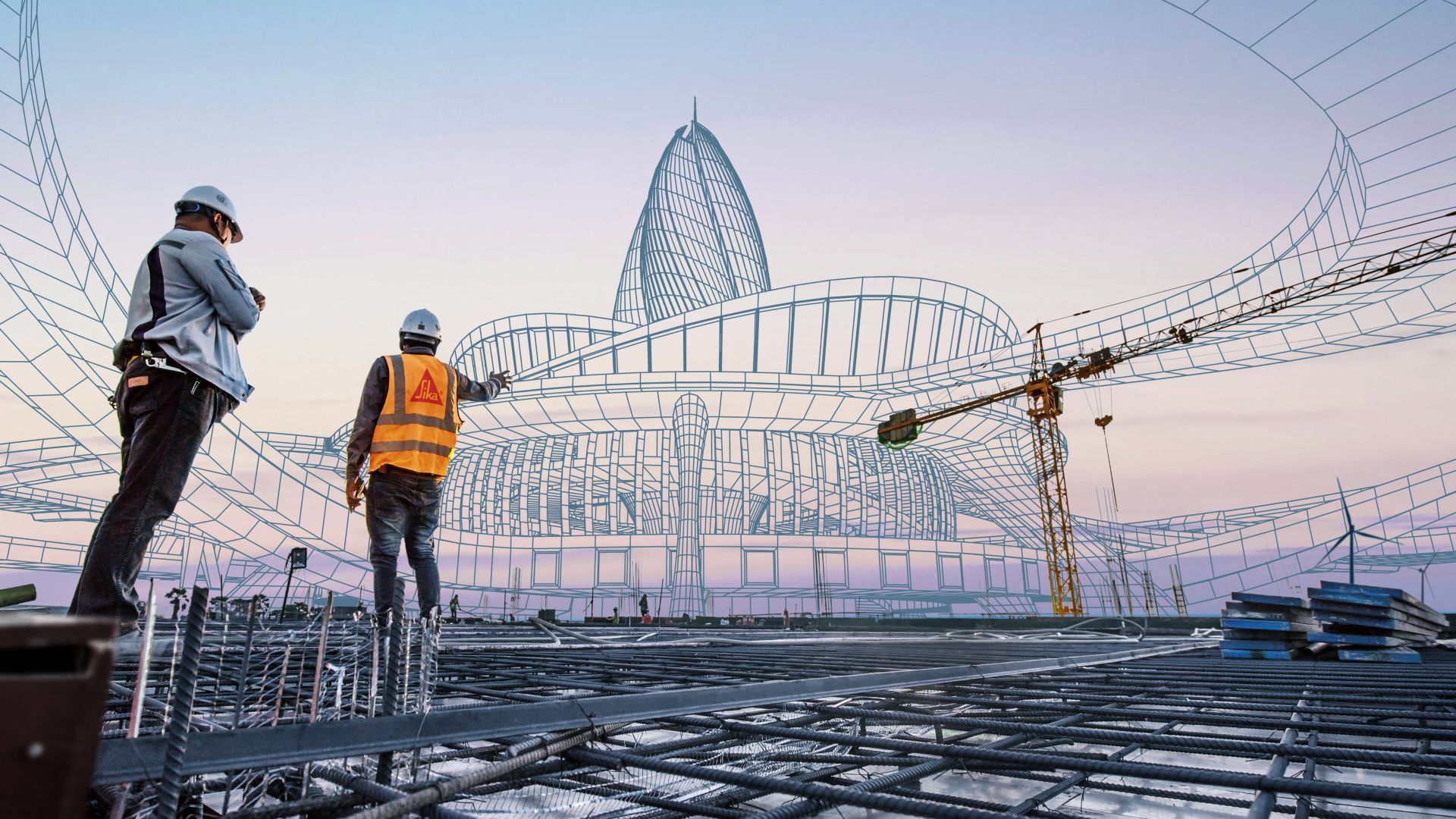Today’s cement industry faces challenges in terms of sustainability, such as reduction of carbon emissions and use of alternative raw materials. Calcined clay (CC) is one such material which can help improve it.
CC stands for calcined clay - a material which is gaining traction as an environmentally-friendly, partial supplement for clinker in cement production. Clay is one of the most abundantly available materials on earth. Once the clay is calcined (burned at high temperatures), it develops new physical properties allowing it to be used as a supplementary cementitious material (SCM).
LC3, or limestone calcined clay cement, is a type of cement based on combining calcined clay with limestone.
¹Source: Global Cement Review
A New Sustainable Solution
Calcined clay cements, including LC³, are one of the promising new technologies that will help the cement industry reduce emissions and work towards a more sustainable environment.
Calcined clay is the basis of a new class of environmentally-friendly raw materials for cement and concrete. LC3 is a special new concept of formulating binders with clinker, limestone and calcined clay, e.g. CEM II/B (Q-LL); Q=CC. Depending on specific requirements, the clinker replacement can vary between roughly 20-70%.
The production process of clinker results in a high amount of CO2 per ton of cement. Therefore, reducing clinker use will yield tremendous carbon reduction.
"Using calcined clay is a sustainable solution to cut carbon emissions by reducing or replacing clinker."
Advantages of the Use of Calcined Clay
Low Carbon
CC and LC³ can save 30-40% of CO2 compared to ordinary Portland cement (OPC).
Resource Saving
CC and LC³ use abundantly available materials, which in turn can save scarce resources.
Globally Scalable
Suitable clays for CC and LC3 are sufficiently available all over the world.
Cost Effective
CC and LC3 technologies allow for a reduction in production costs.
Ready to be Implemented
CC and LC³ can be used just as ordinary Portland cement, yet are better in performance and require no special training.
Durability
Long term performance can be adapted to specific requirements (ongoing testing).
Enable CC and LC³ by Using Sika Products
A new range of Sika cement additives and concrete admixtures for cement and concrete producers is being developed. These new products enable customers to adapt their materials to the new characteristics of calcined clay or LC³ without compromising quality or costs.
Water consumption and strength of cement as well as workability, hardening and durability of concrete will be maintained or even improved when compared to binders currently in use. By reducing clinker in cement, CC and LC³ technologies bring up some challenges.
Challenges Addressed by Sika
Higher Water Demand
The calcined clay and therefore LC3 has a higher water demand compared to ordinary Portland cement (OPC), meaning more water is needed to maintain the same workability.
Lower Workability
The workability of concrete using calcined clay cements is reduced compared to concrete which uses ordinary Portland cement (OPC).
Lower Early Strength
The one-day and two-day compressive strength can be lower with calcined clay cements in comparison to similar concrete with ordinary Portland cement (OPC).
Why Is It Important for Sika?
Meeting the needs of the present without compromising the ability of future generations to meet their needs
Walking the Talk
With the CC / LC3 project, we are walking the talk of our sustainability strategy. Our aim is to develop more environmentally friendly and better-performing products.
Commitment to Sustainability
With already over 70% of our current product portfolio dedicated to sustainability and optimization of resources, we are committed to maximizing the long-term benefits for our customers and society, reducing resource consumption and the construction industry's environmental footprint.
Long-Term Potential
We see significant potential in the CC / LC3 project to achieve these long-term goals and promote an important change in the cement and concrete industry towards more sustainable solutions. Our technology will enable customers to make use of CC / LC3 technology and make a substantial contribution to sustainability.
A Dedicated Team
By establishing a dedicated CC / LC3 team, we are bundling Sika technical expertise with patented technologies to move this flagship project forward with partners and other stakeholders.

